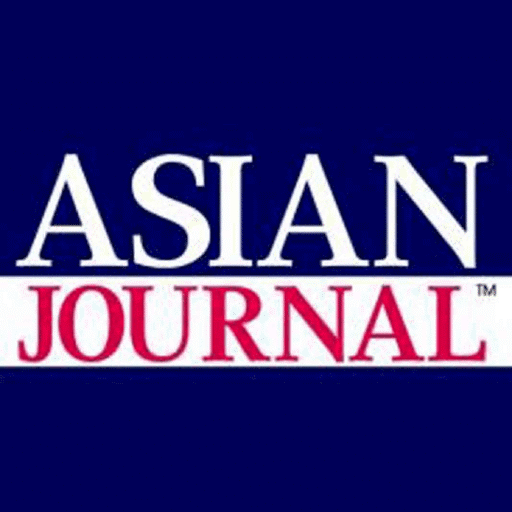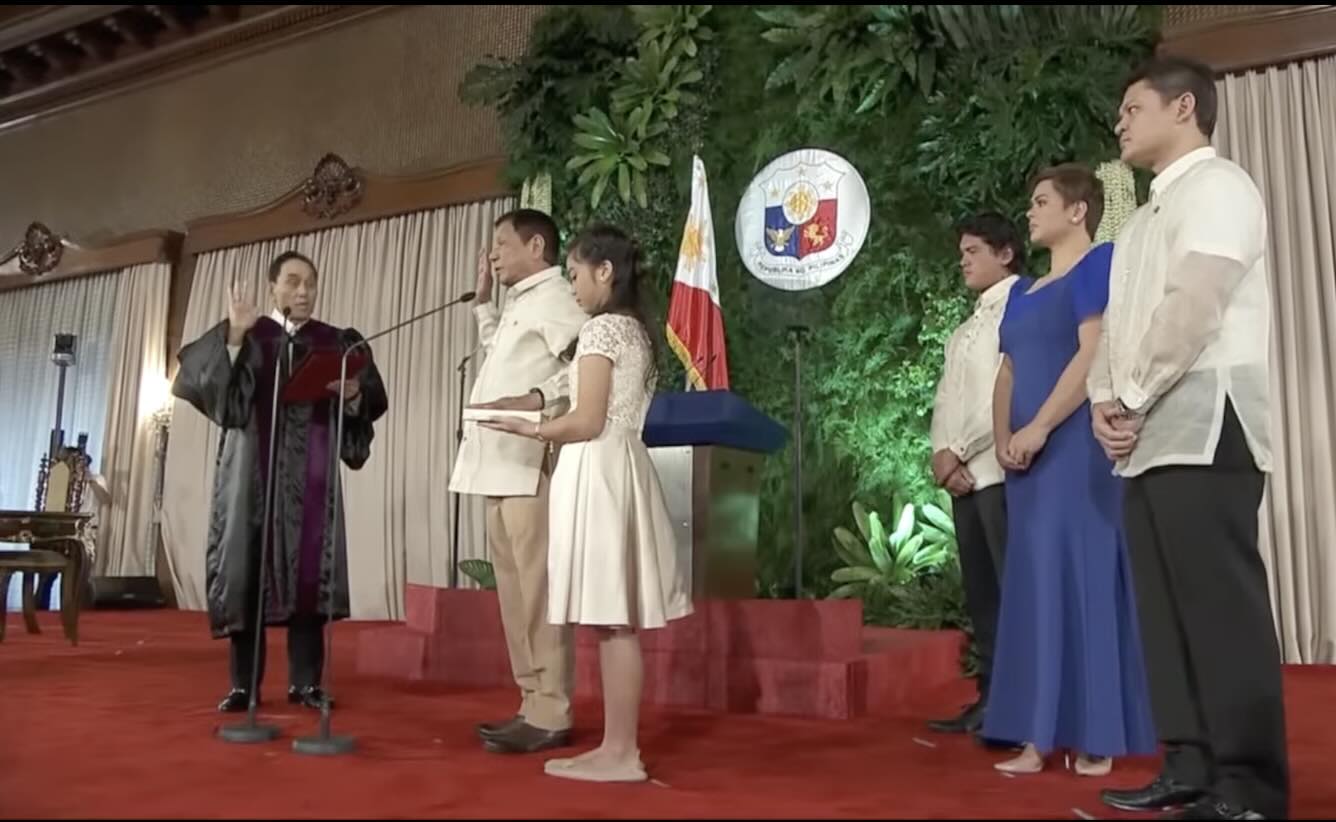President Ferdinand Marcos Jr. during the 46th ASEAN Summit (Malacañang file photo)
KUALA LUMPUR, MALAYSIA — As the Philippines prepares to assume the rotating chairmanship of the Association of Southeast Asian Nations (ASEAN) in 2026, President Ferdinand Marcos Jr. is projecting a more assertive regional role for his country—seeking to influence the bloc’s strategic direction during a time of heightened geopolitical rivalry and economic recalibration.
At the 46th ASEAN Summit held May 26–27 in Kuala Lumpur, the Philippine delegation laid out a leadership agenda focused on four central pillars: climate resilience, maritime cooperation, inclusive economic recovery, and digital transformation. Officials underscored that the upcoming chairmanship will not be ceremonial but rather a vehicle for shaping ASEAN’s institutional response to global disruption.
The Philippines’ forward planning aligns with ASEAN’s newly adopted Kuala Lumpur Declaration on ASEAN 2045, a 20-year blueprint that positions the region to become one of the world’s most integrated and sustainable economic blocs. Manila has indicated it will use its term as chair to champion priorities including green infrastructure, MSME development, cybersecurity governance, and regional digital equity.
In his address at the plenary session, President Marcos emphasized the Philippines’ commitment to preserving stability in the South China Sea. He called for the urgent conclusion of a binding Code of Conduct (COC) between ASEAN and China, framing it as critical to avoiding escalation and safeguarding freedom of navigation.
“We must ensure that the South China Sea remains a sea of peace, stability, and prosperity,” Marcos said. “We must prevent the escalation of tensions and incidents at sea.”
He also reinforced the country’s adherence to international maritime law:
“We reaffirm the importance of upholding and promoting the peaceful settlement of disputes in accordance with international law, including UNCLOS.”
The Philippines has repeatedly voiced concern over China’s expansive territorial claims in the South China Sea, and Marcos’ remarks were seen as part of a broader push to rally ASEAN toward collective action. His speech came amid continued maritime confrontations near Philippine waters and follows months of diplomatic friction between Manila and Beijing.
The summit also addressed external economic shocks, with ASEAN member states expressing concern over rising tariffs from the United States that have affected key exports. The Philippines joined Malaysia and Indonesia in advocating for a calibrated regional trade response and renewed dialogue with Washington.
ASEAN’s membership expansion was another topic of consensus. Marcos reaffirmed the Philippines’ support for Timor-Leste’s full accession, praising its progress toward meeting the bloc’s integration criteria. He also welcomed discussions about expanding ASEAN’s influence deeper into the Pacific, referencing ongoing engagement with Papua New Guinea.
“Let us maintain ASEAN’s unity and centrality amidst the challenges we face,” Marcos said. “Our peoples expect nothing less.”
The Philippines last held the ASEAN chairmanship in 2017. According to government officials, the 2026 term will place more emphasis on long-term strategic frameworks rather than reactive diplomacy. Analysts view the shift as a chance for Manila to reposition itself not just as a participant, but as a convener and regional stabilizer.
As the summit concluded in Kuala Lumpur, the Philippines returned not only with a stronger diplomatic profile, but also with an emerging role in helping steer the future of ASEAN. With its chairmanship just a year away, Manila faces the task of translating strategic ambitions into actionable regional consensus—on trade, climate, maritime law, and digital integration.






